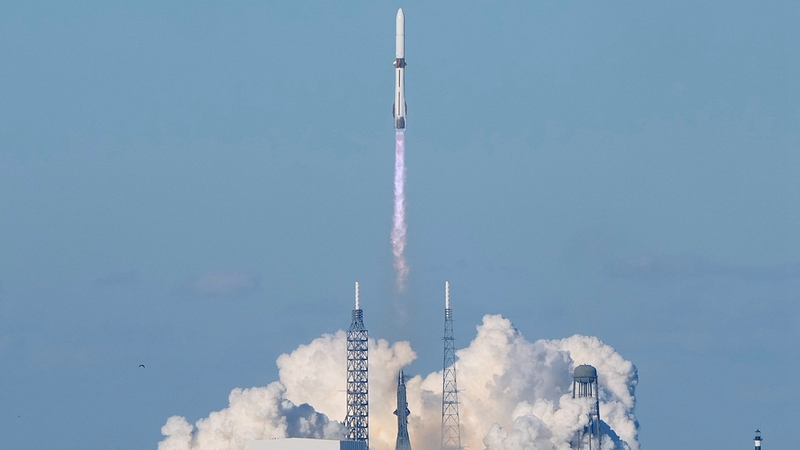On Thursday, November 13, 2025, Blue Origin’s New Glenn rocket powered off its launch pad at Cape Canaveral, sending NASA’s twin EscaPADE spacecraft on a 22-month voyage to Mars and making history with a first successful sea landing of its reusable booster.
The 17-story-tall, two-stage rocket roared to life under clear skies after weather delays and a geomagnetic storm pushed the mission into 2025’s busiest launch season. Moments after liftoff, New Glenn’s seven BE-4 liquid-fueled engines lit up the Florida coast, painting the sky with thunderous plumes.
About 10 minutes later, the first-stage booster descended onto the deck of Jacklyn—a barge named for Jeff Bezos' mother—where it touched down with pinpoint accuracy. This marks Blue Origin’s maiden success in reusability, a feat previously dominated by SpaceX.
With the booster secured, mission control confirmed the upper stage had deployed the EscaPADE probes into low Earth orbit. These science payloads will study how Mars lost much of its atmosphere, unlocking clues to the Red Planet’s climate evolution.
For entrepreneurs and space enthusiasts tracking the commercial race to orbit, Thursday’s flight signals a new era of competition. Blue Origin’s CEO Dave Limp celebrated the milestone, and even SpaceX founder Elon Musk took to X to congratulate the team.
As the private space sector heats up, reusable rocket technology and deep-space science missions are converging to push humanity farther into the solar system. New Glenn’s triumph on November 13 shows that the stars of tomorrow are being shaped by today’s innovations.
Reference(s):
Blue Origin launches NASA Mars mission, sticks booster landing
cgtn.com




